Top Things to Know Before Buying Tall House Plants
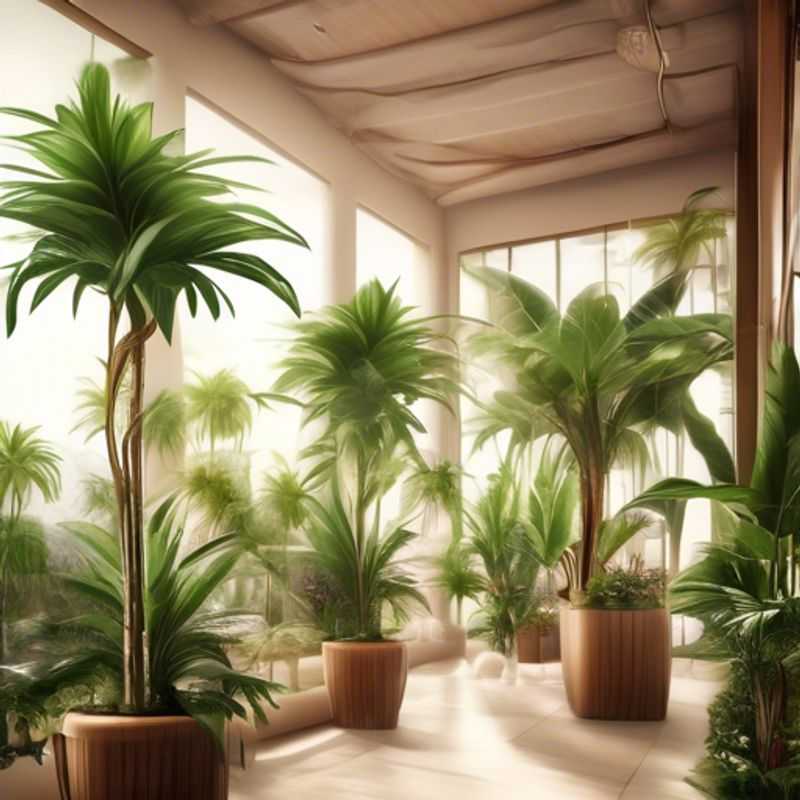
Essential Insights: A Guide to Choosing the Perfect Tall House Plant
Ah, the allure of tall house plants! They add a touch of grandeur and a sense of verdant life to any space. But before you bring home a towering green friend, there are a few key things to consider.
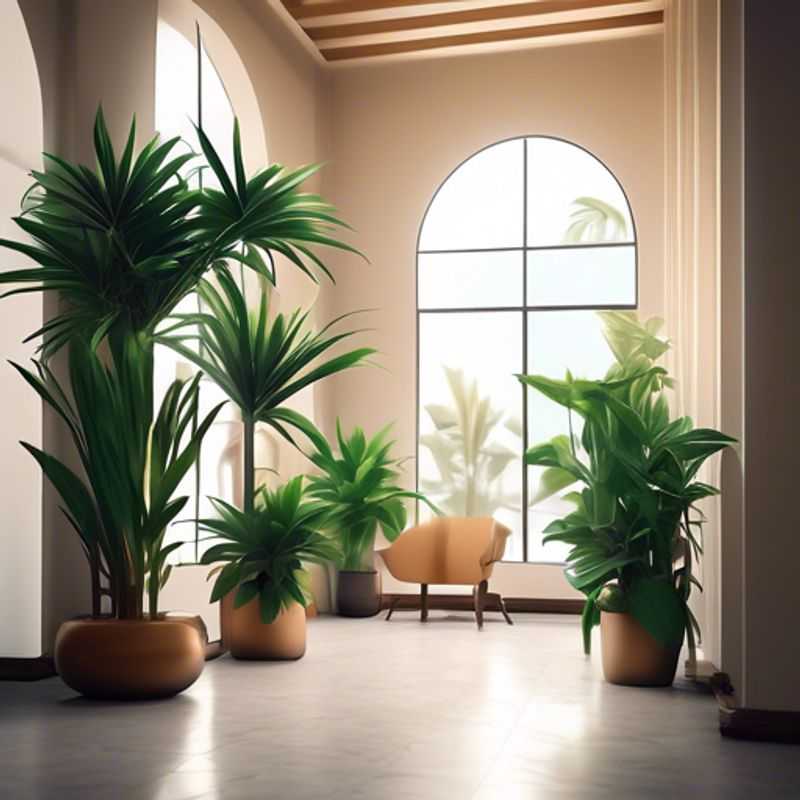
Measure Twice, Plant Once: How to Ensure Your New Green Friend Fits
Before bringing a new plant home, measure the space you have to ensure it will fit comfortably. Start by considering the plant's mature size, not just its current size. Research the species to determine its expected height and spread.
Next, measure the area where you plan to place the plant. This includes width, depth, and height. Consider any obstacles such as furniture or doorways that could restrict the plant's growth.
Take into account the plant's light requirements. Some plants thrive in full sun, while others prefer shade. Make sure the chosen spot provides the right amount of sunlight.
Finally, consider the plant's watering needs. Some plants require frequent watering, while others can tolerate drier conditions. Ensure you can provide the necessary watering frequency and access to water sources.
By taking these simple steps, you can choose a plant that will not only fit your space but also thrive in your home.
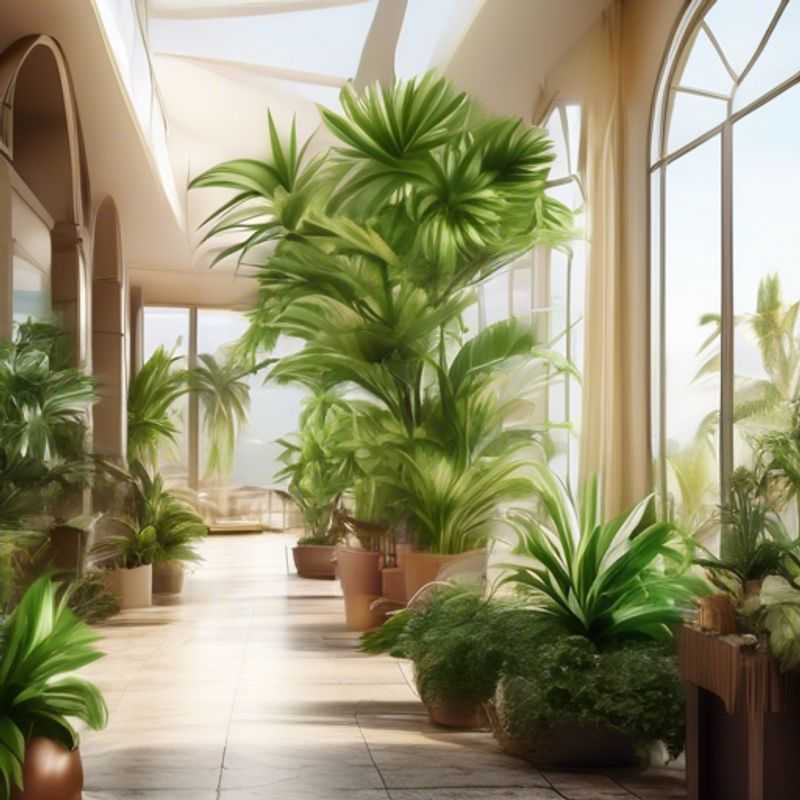
Light It Up: Choosing the Right Spot for Your Plant Based on Lighting
When selecting a plant for your home or office, considering the lighting conditions in the area where it will be placed is crucial. Plants have different light requirements, and providing the right amount of light is essential for their health and growth.
Light intensity, measured in foot-candles or lux, refers to the brightness of the light. Some plants thrive in bright, direct sunlight, while others prefer shade.
Light duration, measured in hours, is the amount of time a plant receives light. This is important because it affects the plant's photosynthesis process.
Light quality, measured in wavelengths, refers to the color of light. Plants require different wavelengths of light for optimal growth.
Light direction can also impact plant growth. Some plants need light from all directions while others prefer light from specific directions.
Light spectrum, measured in nanometers, refers to the range of wavelengths of light. For example, plants may need specific wavelengths for photosynthesis or flowering.
Understanding these aspects of lighting will help you choose the right plant for your space and provide it with the optimal conditions for healthy growth.
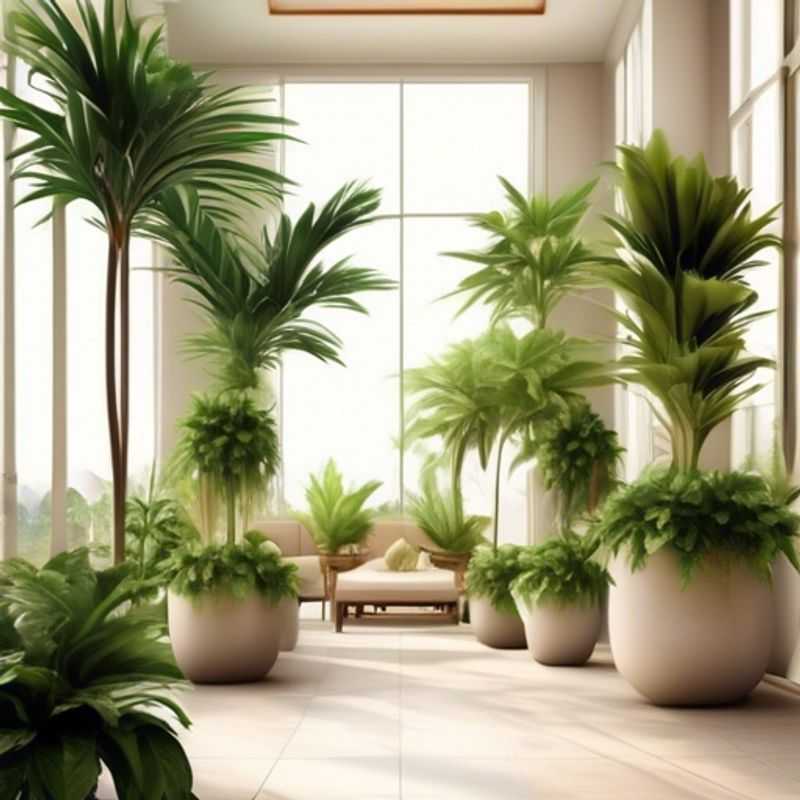
Tall Houseplants: A Guide to Their Specific Care Needs
Tall houseplants are a beautiful addition to any home, adding vertical interest and a touch of nature. To keep them thriving, understanding their specific care needs is crucial. Researching the specific care requirements of tall houseplants can seem daunting, but it's simpler than you think.
The most important aspect is light. Tall plants often need bright, indirect light, so placing them near a window is essential. Some species, however, may tolerate lower light conditions. Another critical factor is watering, which varies depending on the plant. Some require consistent moisture, while others prefer to dry out slightly between waterings. Check the soil moisture before watering, and avoid overwatering.
Humidity is also important for many tall plants. If your home is dry, consider using a humidifier or grouping plants together to create a more humid microclimate. Lastly, fertilizing can be beneficial to promote growth. Choose a balanced fertilizer, and dilute it according to the instructions.
Remember, each plant species has unique requirements. For detailed information, refer to reliable sources such as gardening websites or plant care guides. Observing your plant's behavior is crucial, and adjusting care accordingly will ensure its long-term health and beauty.
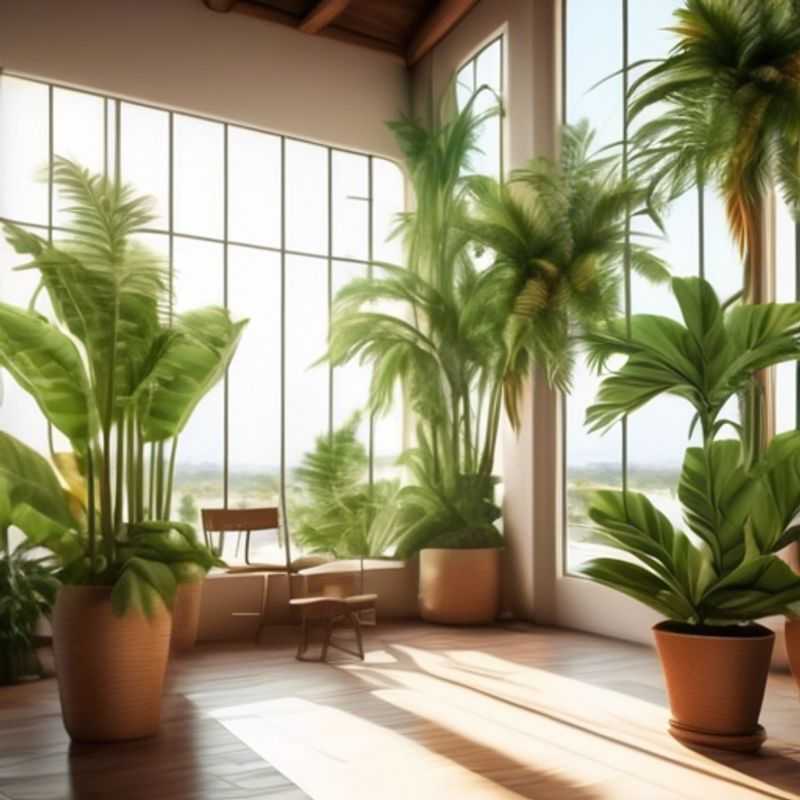
Crafting the Perfect Home for Your Plants: Soil and Container Selection
Choosing the right potting soil and container is crucial for plant health and growth. The soil should provide adequate drainage, aeration, and nutrient retention. Look for a well-draining potting mix with added nutrients. Avoid dense, clay-heavy soils that can suffocate roots.
Consider the plant's specific needs. For instance, succulents require a very well-draining soil, while tropical plants prefer a more moisture-retentive mix. Research your plant's specific requirements for optimal results.
The container should be the right size for the plant. Consider the plant's mature size and choose a pot that allows for ample root growth. A pot that's too small can restrict growth, while one that's too large can lead to overwatering and root problems.
Drainage holes are essential for healthy plants. These holes allow excess water to escape, preventing root rot. If the container lacks drainage holes, consider drilling some yourself.
Material matters. Terracotta pots allow for better drainage but can dry out quickly. Plastic pots retain moisture longer, but can lead to overwatering if not monitored closely. Choose a container that suits your plant's water needs and your care routine.
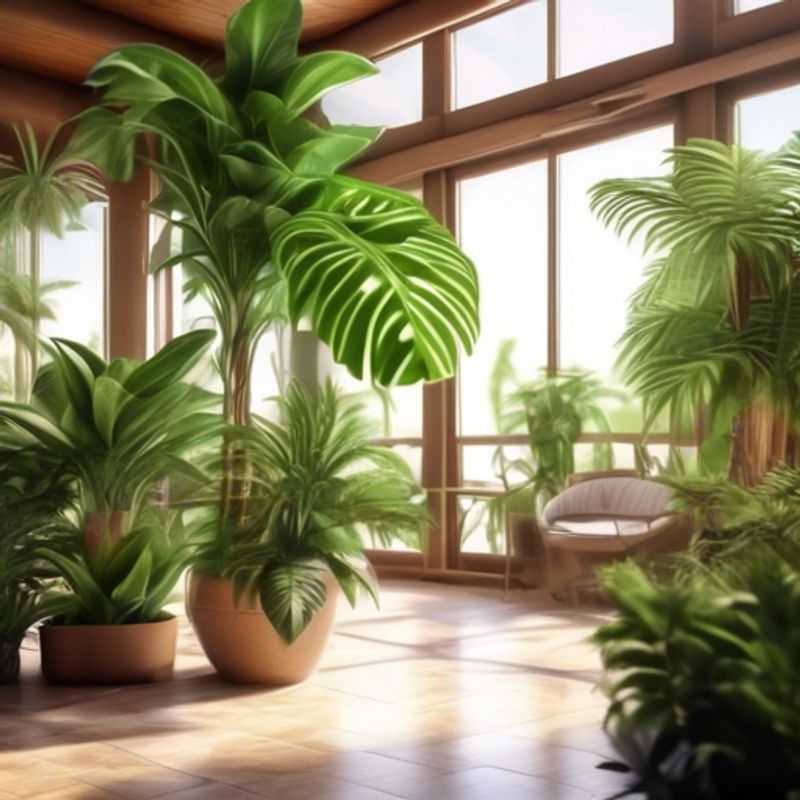
Beyond Beauty: Considering Long-Term Growth When Choosing Plants
When choosing a plant, consider its long-term growth potential. This means understanding how big it will get and how fast it will grow. A plant that's perfect for a small space now might become too large later, requiring repotting or even removal.
Consider factors such as the plant's mature height and spread, its growth rate, and its light requirements. Some plants, like succulents, are slow-growing and compact, making them suitable for smaller spaces. Others, like trees, can grow to significant heights and require more space. Research the plant's mature size before bringing it home.
Understanding the long-term growth potential of a plant helps you select the right one for your space and avoid any potential issues later on. Always consider the plant's future size and growth habits when making your selection. Remember, a well-informed choice leads to a happier, healthier plant and a more enjoyable gardening experience.
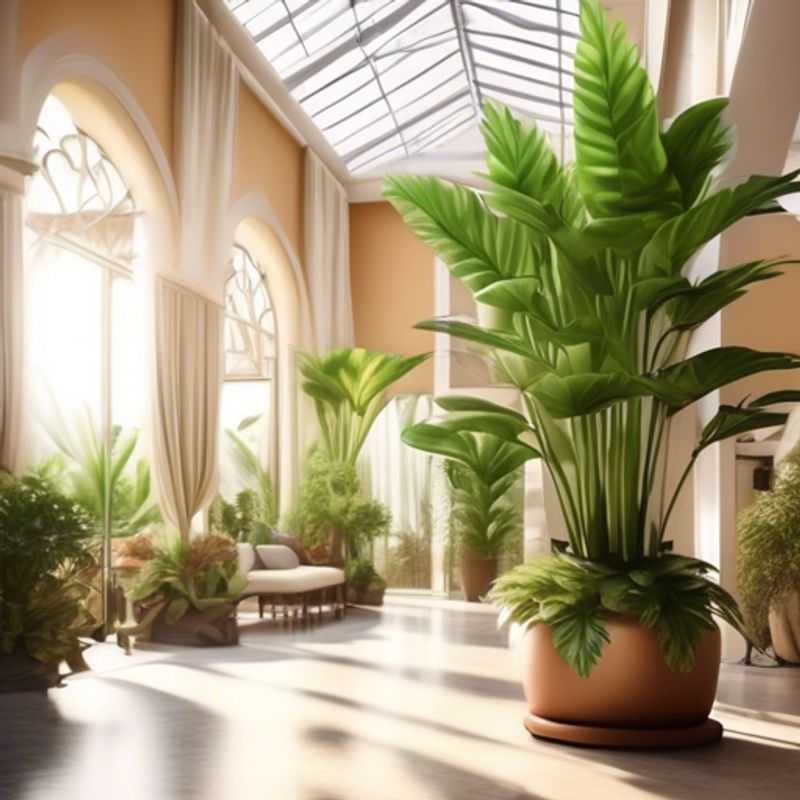
Humidity Harmony: Choosing Plants That Thrive in Your Home's Climate
Ensuring that your plants thrive in your home’s humidity levels is crucial for their health and growth. Most indoor plants prefer a humidity level between 40% and 60%. If your home is too dry, especially during winter months, consider using a humidifier to maintain optimal moisture levels. Grouping plants together can also create a micro-environment with higher humidity. Regular misting or placing a water tray with pebbles beneath your plants can help increase humidity as well.
It's important to monitor the humidity levels using a hygrometer; this will help you understand the specific needs of your plants. Some plants, like ferns and tropical varieties, require higher humidity, while succulents and cacti thrive in drier conditions. If you are planning to purchase new plants, research their humidity requirements to ensure compatibility with your home’s environment.
When estimating costs for maintaining proper humidity, consider investments in a humidifier, which can range from $20 to $200 depending on the model. Additionally, purchasing a hygrometer typically costs between $10 and $50. Frequent watering or misting may increase your water bill slightly, but it’s often a minor expense compared to the benefits of healthy plants.
In summary, understanding and adjusting your home’s humidity is essential for plant health. Monitor levels, consider the needs of different plants, and make necessary adjustments for a thriving indoor garden.
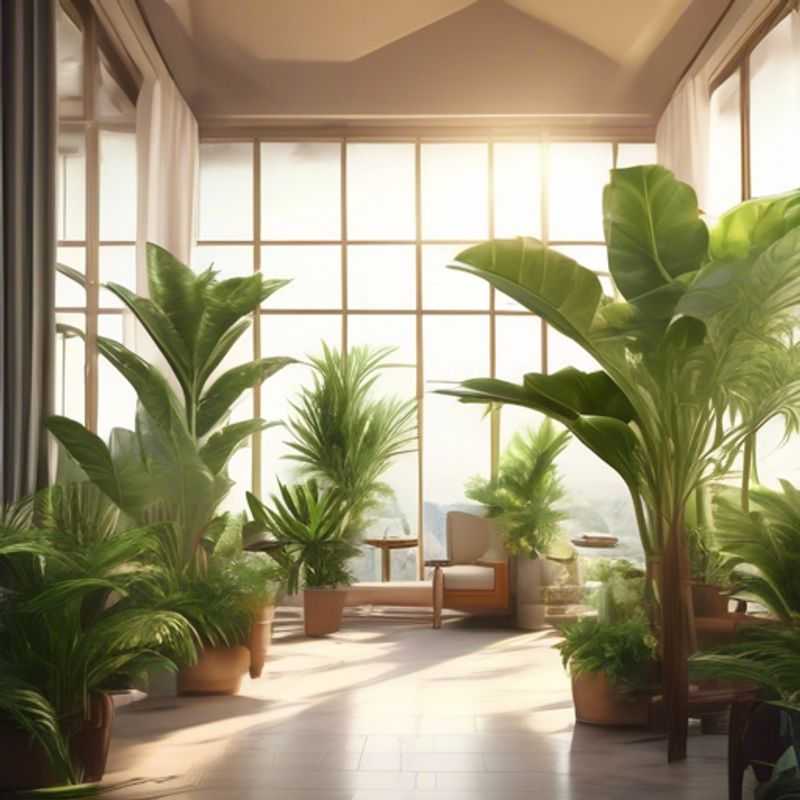
Supporting the Stars: How to Stake Taller Plants for Success
Taller plants, with their graceful stature and captivating blooms, often require additional support to thrive. Providing adequate support or staking for taller plants is crucial for their stability and overall health. This support ensures they don't topple over, especially during windy conditions or when laden with heavy blossoms.
The type of support you choose depends on the plant's size and growth habit. For smaller plants, simple stakes or cages made from wire or bamboo can be sufficient. Larger plants might require sturdier support systems, such as trellises, obelisks, or even sturdy metal frames.
When staking, it's essential to place the support near the plant's base and gently tie the stems to the support using soft materials like twine or cloth strips. Avoid tying too tightly, as this can restrict the plant's growth.
Regularly check the support system to ensure it remains stable and adjust as needed. With a little effort and attention to detail, you can help your taller plants reach their full potential, creating a beautiful and flourishing garden.
